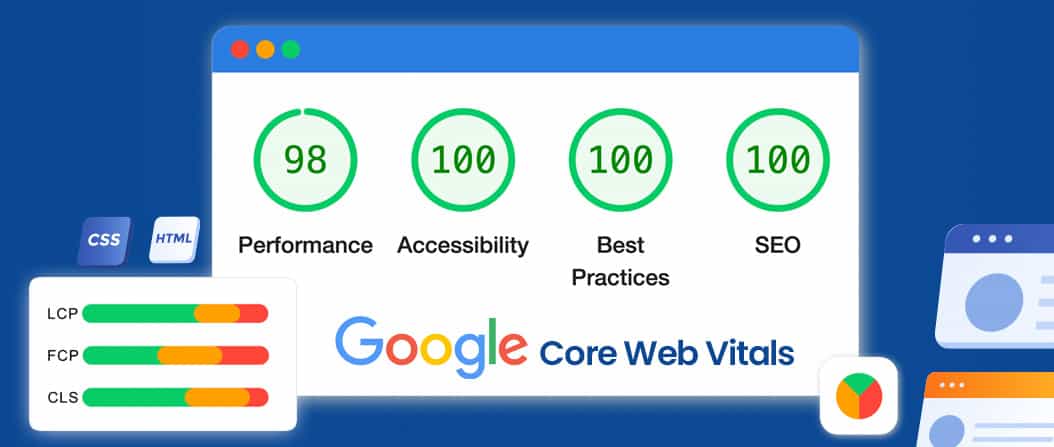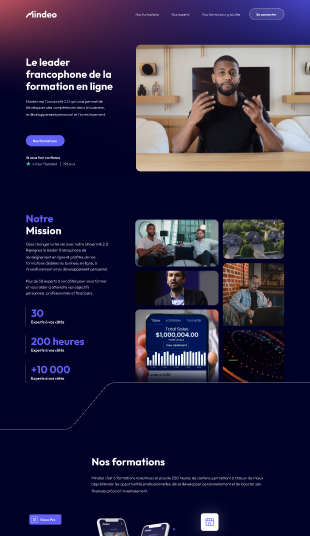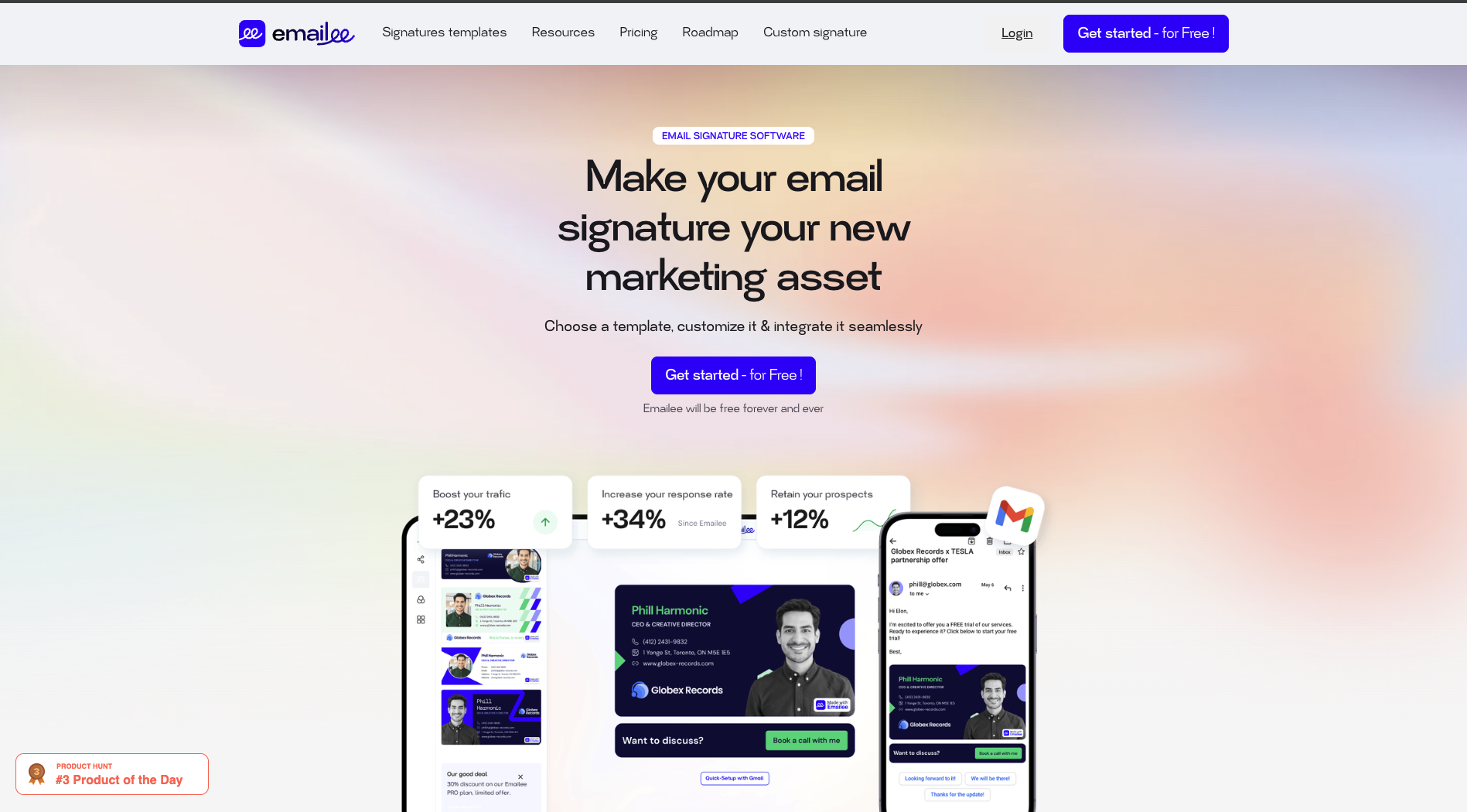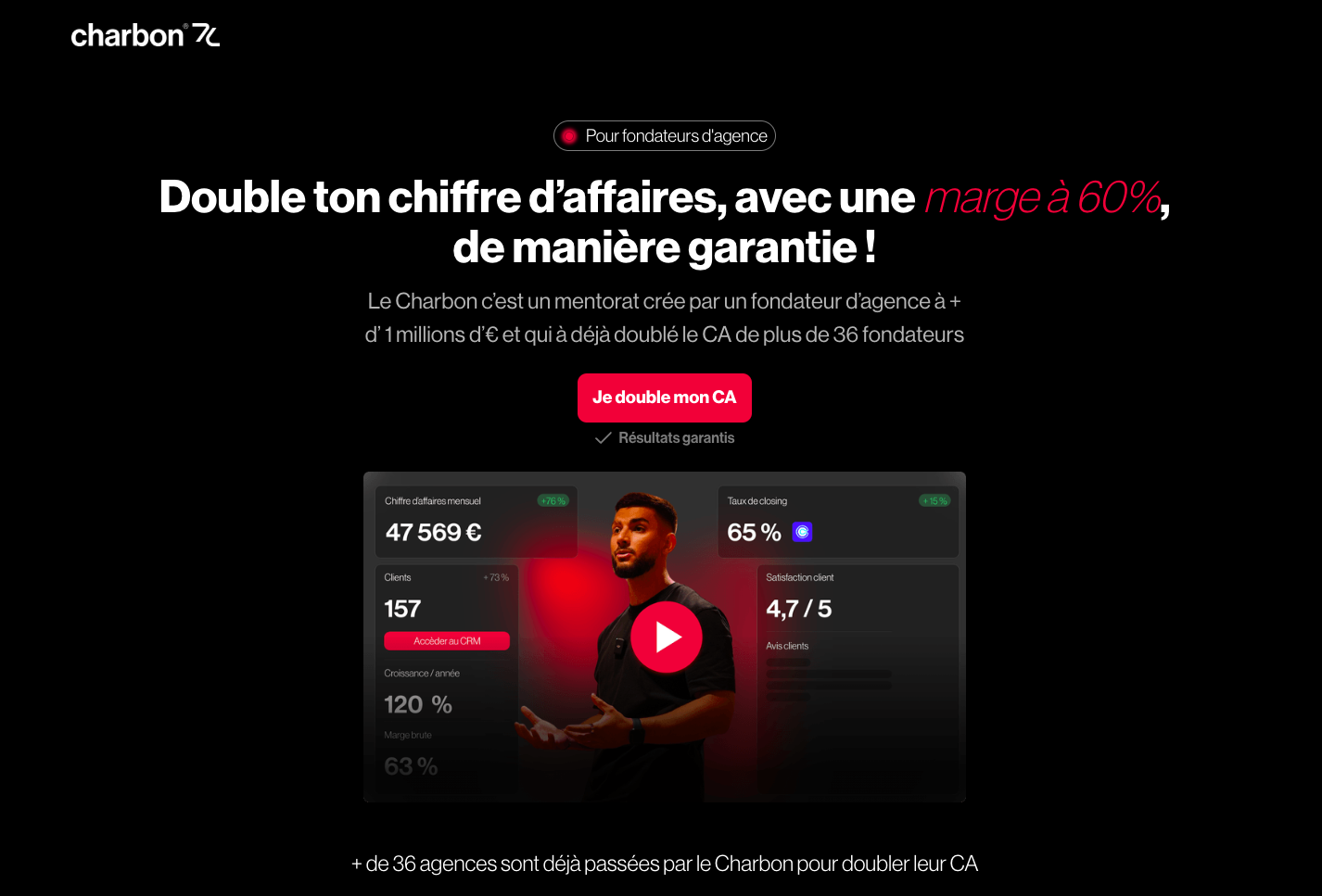A page can be beautifully written and still fail to convert. Without targeted traffic, a landing page serves no purpose. This is where the SEO landing page comes in: a page designed for organic search, relevance, and conversion. You’ll learn how to design it, optimize it, and make it perform over time—without gimmicks or over-optimization.
SEO & seo landing page: The Basics to Know
What’s at stake?
An seo landing page is a landing page built to answer a specific query and gain visibility in search engines. It must attract the right audience and reduce friction to action. The page is structured around search intent, a clear value proposition, and a straightforward call to action (CTA).
The goal is not to stuff the text with keywords. The goal is to be useful, coherent, and fast. Signals sent to both search engines and humans then align: relevance, quality, experience.
How search engines evaluate an seo landing page
Search engines pursue a simple goal: serve the best result for a query. Algorithms evolve, but fundamentals remain stable: content quality, experience signals, authority, and trust. Deceptive tactics end up penalized. Pages that truly help are rewarded.
Focus on value. The page must answer quickly and better than alternatives. It will then be judged relevant and rise in the results.
Architecture of an Effective seo landing page
A high-performing seo landing page follows a clear architecture:
- Dedicated, customized URL (your-domain.com/key-solution).
- Precise, compelling title tag.
- Meta description focused on benefit and click-through.
- Single H1, hierarchical H2/H3, readable above the first scroll.
- Hero section: promise + benefit + CTA.
- Social proof: reviews, logos, numbers.
- Benefits section before features.
- Short, reassuring form.
- Relevant internal linking to Services, Case Studies, and Blog.
- Simple footer, legal info, contact.
This structure is scannable at a glance. It helps the user decide with minimal effort.
Keywords on an seo landing page
Keyword research for an seo landing page
A keyword isn’t a totem; it’s a gateway to intent. Start from the customer’s problem. List related terms, questions, and synonyms. Target the long tail to qualify traffic: intent is often clearer and competition more reasonable.
Example: rather than “HR software,” aim for “HR software for SMBs automated payroll.” You gain in relevance and conversion rate.
Strategic placement on an seo landing page
Place your keywords sparingly where they matter:
- Title tag: strong promise + primary keyword.
- H1: natural rephrasing of the promise.
- H2/H3: ~60% can contain the keyword for coherence.
- Intro: once, in a useful way.
- Body: semantic variants (search intent, conversion, social proof).
- Alt attributes: useful description, no stuffing.
- Slug: short, explicit, readable.
The rest of the time, write for humans. Density isn’t a goal. Clarity comes first.
Format and Technical Characteristics of Your seo landing page
Length and UX on an seo landing page
The relationship between length and ranking isn’t causal. Pages that rank are complete and useful. An seo landing pagecan be concise if it answers perfectly. It can also use collapsible content to go deeper without overloading.
Keep reading fast: short sentences, airy sections, useful lists. Perceived value should be clear from the first lines.
Speed, Core Web Vitals, and performance
Speed is a key factor. Measure and improve your Core Web Vitals. Reduce image weight, defer scripts, limit external fonts. A fast page improves UX and SEO, and lowers mobile bounce rate.
Your hosting matters. A CDN helps. Avoid unnecessary plugins. Prioritize rendering of useful content.

Backlinks: Propel Your seo landing page
Backlinks remain votes of confidence. Don’t chase quantity—chase relevance and quality. Produce content worth citing: data, mini-studies, comparisons, tools. Targeted outreach works better than mass emails. Prioritize contextual links from strong, authoritative pages.
Vary your anchor text. Brand, URL, and semi-optimized anchors look more natural. The page gets support without risk.
Final Tips for a High-Performing seo landing page
Seasonality: keep your seo landing page online
Many teams delete campaign pages and lose accumulated authority. Keep seasonal pages online, update them, and clearly archive the offer. Next cycle, the page already has traction. You’ll gain ranking speed and traffic.
Social sharing: indirect but useful
Social signals aren’t direct ranking factors. They often correlate with quality. A useful page gets shared more. Make sharing easy: discreet buttons, clean Open Graph, clear visuals, compelling excerpt. Acquired traffic can improve behavioral signals.
Measurement and A/B testing on an seo landing page
An seo landing page is never “done”—it should be A/B tested. Measure and improve. Set up clean tracking: Analytics, events, Pixel, UTM. Track three master KPIs: conversion, cost per lead, time to response.
Test one variable at a time: hook, hero, CTA, social proof. Give yourself a sufficient sample before concluding. Compounded gains become significant.
seo landing page Checklist Before Going Live
- Clear promise in 5 seconds.
- Unique title tag, click-oriented meta description.
- Single H1, hierarchical H2/H3.
- Social proof above the first scroll.
- Benefits before features.
- Short, reassuring form (labels, microcopy).
- Contextual internal links and quality outbound links.
- Images optimized (size, alt, modern format).
- Core Web Vitals in the green.
- End-to-end tracking tested.
- 4-week A/B testing plan.
- Targeted backlink plan.
- Quarterly update plan.
Common Mistakes (and Quick Fixes) on an seo landing page
- Keyword stuffing: Resist. Write naturally, structure better, answer more precisely.
- Vague promise: Rephrase as a measurable benefit.
- Multiple CTAs: Keep a single objective.
- No social proof: Add reviews, logos, numbers near CTAs.
- Neglecting mobile: Design mobile-first and test on real devices.
- Slow loading: Compress, defer scripts, reduce DOM.
- Deleting seasonal pages: Keep them, update, and capitalize.
Editorial Framework for a seo landing page
- Angle: start from a concrete problem.
- Promise: state the desired outcome.
- Proof: 1–3 proofs close to the CTA.
- Benefits: short, scannable list.
- Objections: anticipate with a brief FAQ.
- CTA: action verb + clear next step.
- Secondary CTA: softer alternative (call, demo, PDF).
- Footer: legal, trust, contact.
Every sentence should move the decision forward. Every section should reduce friction.
Use Cases: seo landing page for B2B, SaaS, and E-commerce
B2B: Qualification first
The key is lead quality. The page can be richer and more reassuring. Offer an embedded calendar. Case studies close to the prospect’s sector build trust.
SaaS: Immediate trial or demo
Cut steps. Show before/after. Offer a guided demo. Clear onboarding will be decisive.
E-commerce: Focus the intent
An seo landing page dedicated to a collection or use case captures intent better than a generic page. Work on buying context, trust, and logistics (shipping, returns).
Why Entrust Your seo landing page to ConvertLab
At ConvertLab, we design landing pages optimized for conversion with high SEO standards. Our approach is data-driven: intent research, clear architecture, benefit-oriented copy, strong social proof, smart internal linking, and systematic testing. Delivered pages are fast, tracked, and easy to iterate.
Our difference: we treat the page as a living asset. It’s measured, adjusted, and reinforced over cycles. Your acquisition becomes steadier. Your acquisition costs stabilize. Your pipeline fills with relevant leads.
Quick FAQ on the seo landing page
Do I need to write a lot?
Not necessarily. Clarity and relevance come first. Length follows need.
Do social signals help?
Indirectly. Shared content brings traffic and behavioral signals.
Should I create one page per keyword?
No. Create one page per intent. Avoid internal duplicates.
The Bottom Line: a Useful seo landing page Wins Twice
A successful seo landing page attracts qualified traffic and drives action. It answers better than others. It loads fast, reassures, and measures each step. It’s updated, linked to the rest of the site, and supported by a few relevant backlinks.
Keep it simple. Clarify the promise, show the proof, speed access to the CTA. Then test. This discipline compounds gains. With ConvertLab, you turn a page into a durable acquisition asset.












